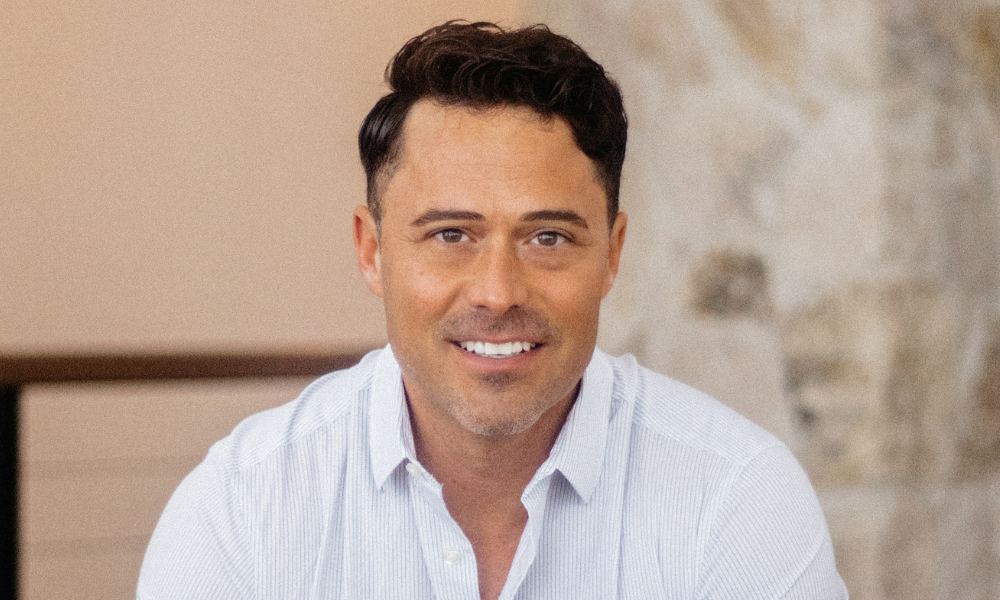But AIMA Canada admits less then 20% of advisors have portfolio exposure

Mounting challenges for both public equity and fixed-income markets have caused record dissatisfaction with the 60-40 portfolio, leading more advisors to look further afield to alternative investments. But that doesn’t mean they’ve been stampeding into the space either.
At the recent Alternative Investment Management Association (AIMA) Wealth Advisor Summit, panellists cited that despite disappointment with the traditional balanced portfolio, less than 20% of wealth advisors have an allocation to alternative investments, with the average allocation being 4%.
While there’s no breakdown showing where Canadian advisors lie on the global spectrum of alternatives adoption, two leaders at AIMA Canada believe there’s a lot of catching up to do in the Great White North.
“Liquid alts have gathered around C$21 billion in AUM since the structure was launched three years ago,” Claire Van Wyk-Allan, managing director and head of Canada at AIMA told Wealth Professional (pictured above, left). “Advisors are using this new structure seeking exposure to alternatives.”
Read more: How can liquid alts help combat today's volatility?
According to Van Wyk-Allan, hedge funds in Canada account for approximately US$60 billion in AUM. While there isn’t much visibility on the AUM split between wealth channel and other channels in Canada, she says some of this AUM is held by single and multi- family offices, as well as institutions like pensions, foundations and endowments.
Citing figures from Preqin, she says advisors’ allocations to hedge funds amount to 10% globally, with private credit representing 6% of assets allocated by wealth managers around the world. Some dealer firms in Canada have a 20% to 25% cap on alternatives allocation, but AIMA says alts generally make up less than 1% of IIROC dealer AUM on aggregate, with much bifurcation depending on dealer type, advisor type, and the individual investor.
Belle Kaura, who is the chair of AIMA Canada, sees several reasons why Canadian advisors and firms appear to be lagging global peers in terms of alts allocation.
“Looking at the U.S., liquid alternatives have been available for well over a decade, so they’ve had more experience with liquid alts,” Kaura (pictured above, right) says. “There was great interest at the outset, though there were also funds that struggled, partly due to the ability to attract AUM during the 10+ year bull market run following the Great Financial Crisis.”
In Canada, the liquid alternatives space has had a much shorter history. As Kaura notes, January 2023 will mark the fourth anniversary since Canadian regulators introduced rules to allow alternative mutual funds to be distributed to the retail space.
Early on, the momentum into liquid alternatives was slowed by the fact that retail investors could only access liquid alts through IIROC-registered advisors. MFDA dealers, which have a much larger distribution footprint across the Canadian retail market, were only able to follow suit a year and a half later when the proficiency requirements were updated by the CSA and the SRO to account for alternative mutual funds, says Kaura.
Read more: ‘This doesn’t have to be kept under lock and key’
Another barrier, Kaura says, is the fact that alternative investments, particularly private funds, have too often been defaulted to a high-risk rating by most dealers, though those ratings do not necessarily reflect a particular fund’s historical risk-adjusted return. Because many dealers maintain an overall high-risk allocation limit of 10%, that significantly impacts allocations alternatives receive in portfolios.
“Internally, dealers have been slowly adopting more favourable ratings to better reflect the historical risk metrics of alternative funds per the AIMA & CAIA [Chartered Alternative Investment Analyst] Risk Rating Guidelines,” Kaura says. “As more firms put alternatives on their product shelves with medium and low ratings, more portfolio space will open up for these investments.”
Alternatives have also been sideswiped by the recent client-focused reforms, as bank-owned dealers reduced selling third-party funds or moved to more proprietary models on their shelves because of stiffer KYP documentation requirements. Among advisors in Canada and worldwide, a lack of education, additional paper requirements, insufficient transparency, and uncertainty regarding the products – how a fund would perform during various market cycles, for example – have also been cited as reasons preventing further adoption, cites Van Wyk-Allan.
Still, adoption of alternative investments should pick up over time. With a laundry list of challenges confronting today’s investors including recession fears, 40-year highs in inflation, higher-for-longer interest rates, and declining pension coverage, Kaura estimates liquid-alt allocations will eventually reach the 10% to 20% range.
“We are heading toward a golden age for alternatives, which are becoming more attractive as the global economic picture deteriorates,” she says. “Wealth advisors must seek solutions to protect clients from market swings and impacts. I think we’ll see the outdated traditional 60-40 model balanced portfolio replaced with a 50-30-20 model that includes alternatives as capital moves away from public markets.”



